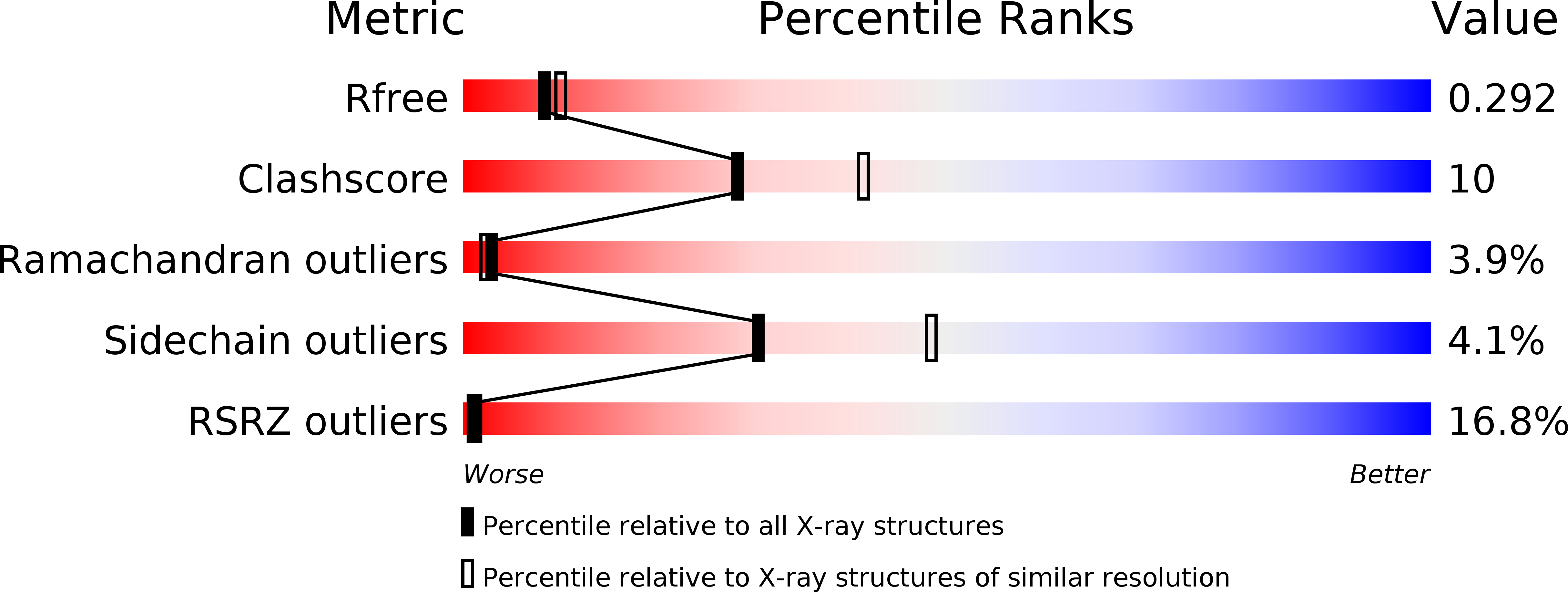
Deposition Date
2009-10-19
Release Date
2010-07-14
Last Version Date
2024-11-13
Method Details:
Experimental Method:
Resolution:
2.40 Å
R-Value Free:
0.28
R-Value Work:
0.22
R-Value Observed:
0.22
Space Group:
C 1 2 1


